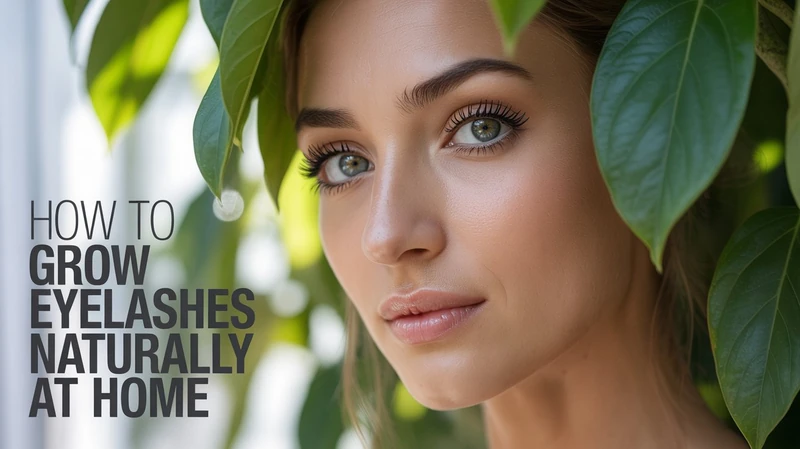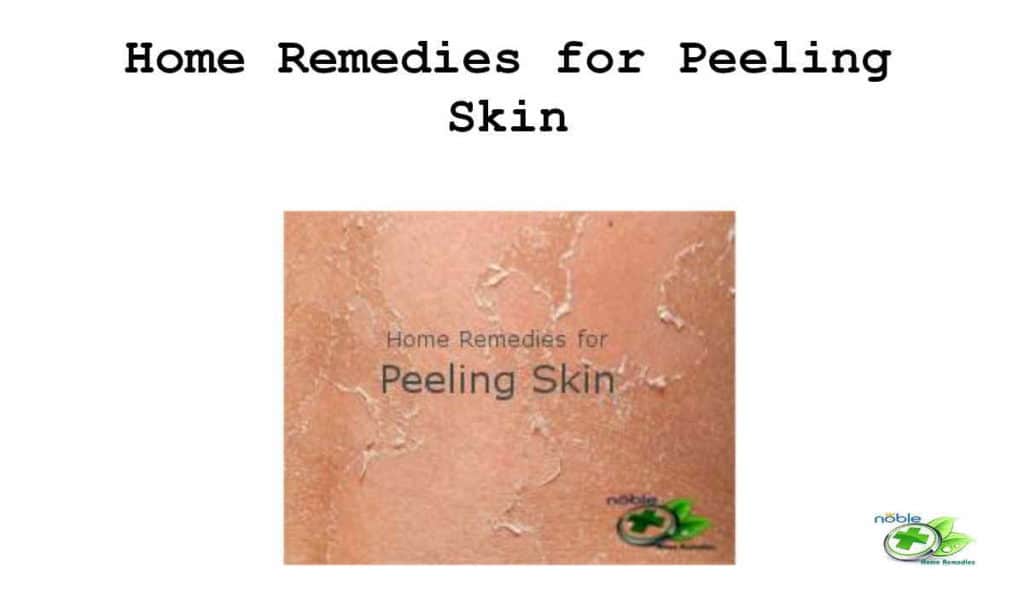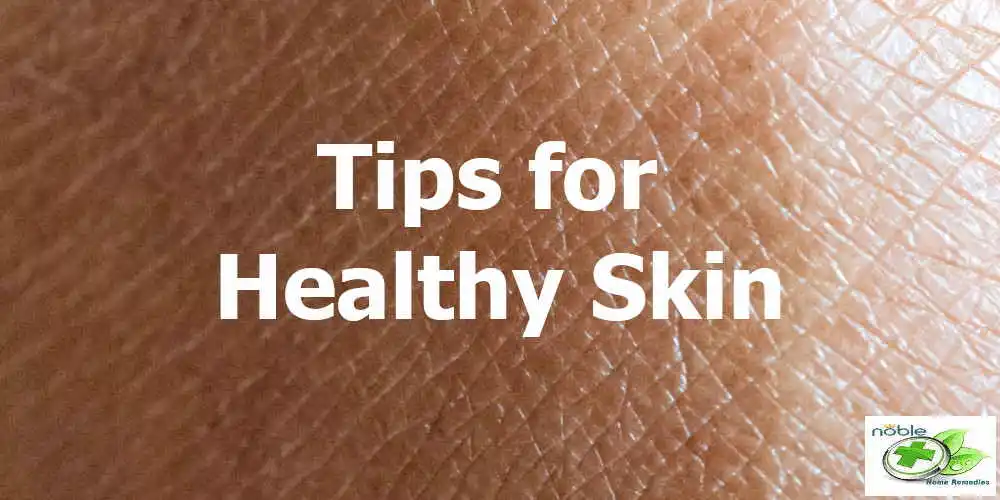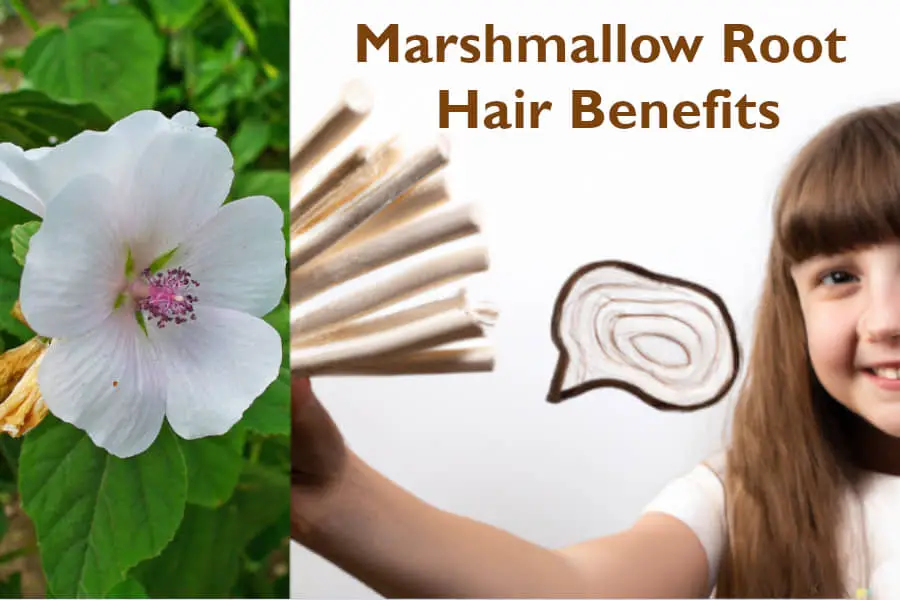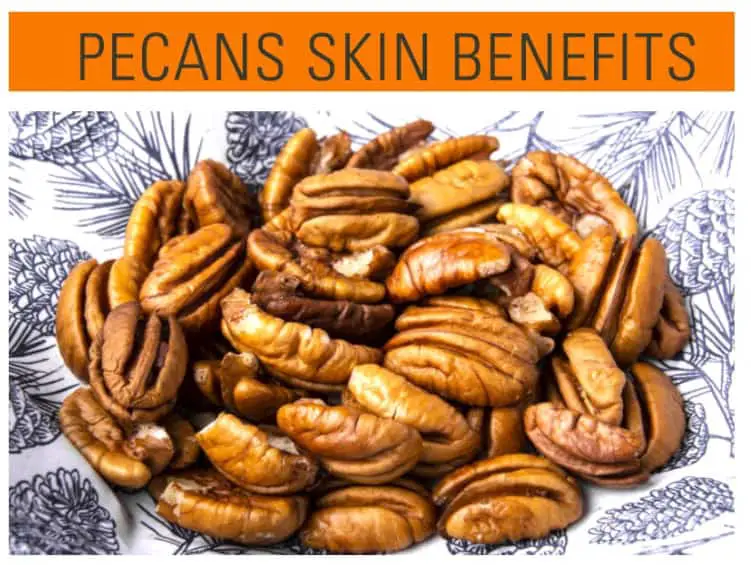Craft Your Signature Scent: Easy Essential Oil Perfume Recipes
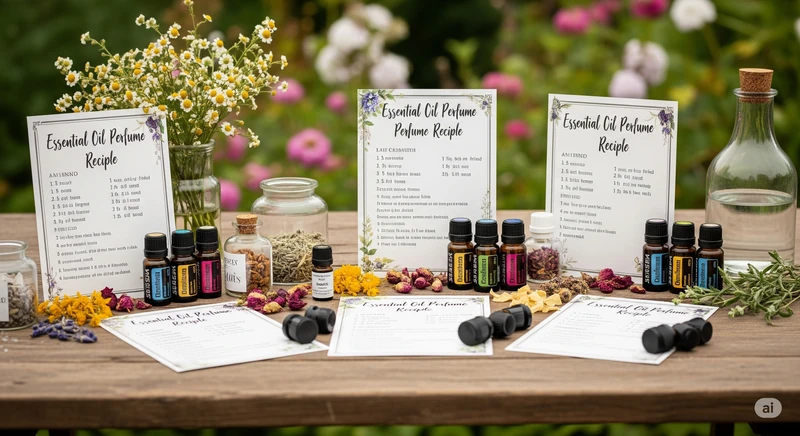
Have you ever found yourself searching for a signature scent, only to be overwhelmed by the endless options and confusing labels at the store? Or perhaps you’ve experienced headaches or skin sensitivities from traditional perfumes, leaving you wondering if there’s a better, more natural way to smell wonderful? You’re not alone! Many people are looking for gentler alternatives that align with a natural lifestyle and provide more than just a pleasant smell.
This article is your friendly guide to the delightful world of essential oil perfume recipes. We’ll explore how creating your own natural fragrances can be a truly empowering and enjoyable part of your home remedies collection. Not only can you craft a scent that is uniquely yours, but you can also enjoy the added benefit of aromatherapy, turning your daily fragrance into a little moment of wellness. Plus, it’s a cost-effective and convenient way to carry your favorite scents with you wherever you go.
Why Choose DIY Essential Oil Perfumes?
Choosing to make your own perfumes with essential oils offers a wealth of benefits that go beyond simply smelling good:
- A Natural Alternative to Chemical-Laden Scents: Many store-bought perfumes can contain numerous undisclosed chemicals, often simply listed as “fragrance” or “parfum”. These hidden ingredients can be a concern for your health and well-being. By making your own essential oil perfumes recipes, you gain full control over what goes onto your skin, ensuring a pure and natural product.
- Customizable Scents for Every Mood: Imagine being able to create a unique fragrance that perfectly matches your mood, outfit, or the season. With essential oils, this is entirely possible! You can mix and match different oils to craft a scent that is truly personal and expresses who you are.
- Beyond Scent: Therapeutic Benefits: Essential oils aren’t just about scent; they offer wonderful aromatherapy advantages. For instance, lavender can be calming, peppermint can help you focus, grapefruit can be uplifting, and frankincense can be grounding. Your homemade perfume can become a daily wellness tool, helping you feel more relaxed, less anxious, or more focused, just by applying your favorite scent.
- Cost-Effective and Convenient: While the initial investment in a few good quality essential oils might seem like a lot, making your own perfumes can be much more affordable in the long run compared to continually buying expensive commercial brands. Plus, roller bottles make these perfumes incredibly convenient to carry in your purse for on-the-go application, allowing you to switch scents easily.
- Gentle on Skin: Many traditional alcohol-based perfumes can be drying or irritating, especially for sensitive skin. Oil-based perfumes, on the other hand, are less drying and can even be moisturizing, especially when made with nourishing carrier oils like jojoba or fractionated coconut oil. This makes them a great choice if you have dry or sensitive skin.
The Art and Science of Scent: Understanding Perfume Notes
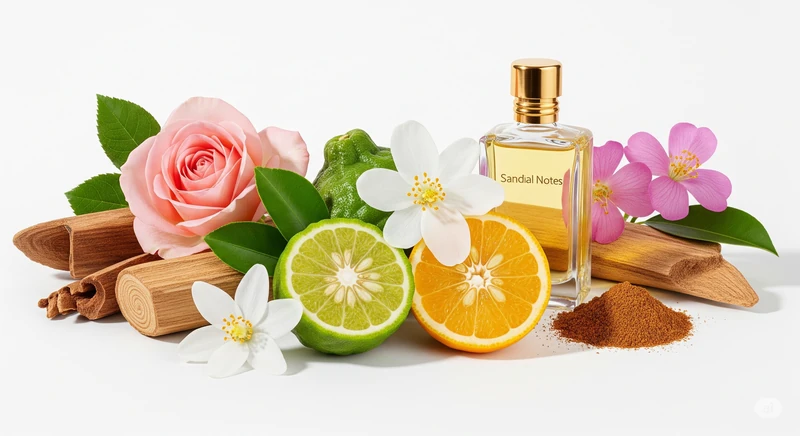
When you delve into crafting your own essential oil perfumes recipes, you’ll quickly encounter the concept of “fragrance notes.” This is a key part of how perfumes are put together to create a balanced and lasting scent, much like musical notes come together to form a melody. Understanding these notes helps you create a scent that evolves beautifully as you wear it.
Perfume notes are categorized into three main types based on how quickly their scent evaporates:
- Top Notes (also known as Head Notes): These are the first scents you detect when you apply perfume. They are typically light, fresh, and often sharp or uplifting. Think of them as the opening impression of your perfume. However, because they have a low molecular weight, top notes evaporate quickly, usually within 10-15 minutes.
- Common examples: Bergamot, Lemon, Lime, Orange, Grapefruit, Peppermint, Eucalyptus, Spearmint, Basil, Tangerine, Petitgrain.
- Middle Notes (also known as Heart Notes): These scents emerge after the top notes begin to fade and form the main body or “heart” of your perfume. They are often full-bodied and provide balance to the overall blend. Middle notes typically last longer than top notes, becoming noticeable after 20-60 minutes and lingering for several hours.
- Common examples: Lavender, Rose, Geranium, Ylang Ylang, Chamomile, Cardamom, Clary Sage, Ginger, Neroli, Cypress, Pine, Black Pepper. Ylang Ylang can also function as a base note.
- Base Notes: These are the rich, heavy, and long-lasting scents that appear as the middle notes fade. They “ground” the blend, giving it depth, richness, and staying power. Many base notes also act as “fixatives,” which means they help to slow down the evaporation of the lighter top and middle notes, making your overall fragrance last longer. Base notes can linger for hours, sometimes even a full day or more.
- Common examples: Sandalwood, Cedarwood, Patchouli, Frankincense, Vetiver, Vanilla, Myrrh, Benzoin, Labdanum.
When creating your own essential oil perfumes recipes, you’ll want to choose a combination of oils from each note category to create a complex and evolving aroma. For instance, a common guideline suggests that your essential oil blend should consist of roughly 10-30% top notes, 30-60% middle notes, and 15-30% base notes. However, it’s also about experimenting and trusting your nose to find what works for you.
Beyond notes, thinking about the types of aroma can also help you craft your perfume. These include earthy (like patchouli, vetiver), floral (geranium, lavender), woodsy (sandalwood, cedarwood), and citrus (lime, lemon, bergamot, orange).
Gathering Your Tools: Essential Ingredients & Equipment
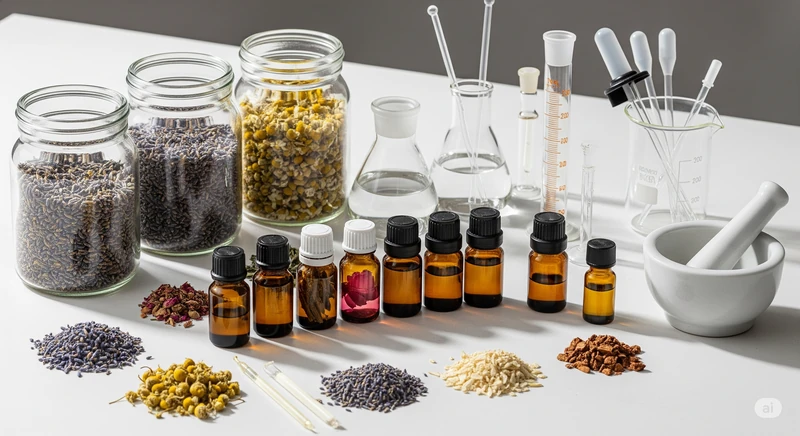
Before you start mixing your own essential oil perfumes recipes, it’s helpful to gather all your supplies. Think of it like setting up a small, creative lab in your kitchen!
- High-Quality Essential Oils: These are the heart and soul of your perfume. To get the best scent and therapeutic benefits, always choose pure essential oils. You can find a vast array of scents categorized as floral, citrus, woodsy, spicy, earthy, and herbal. The sources mention popular choices like lavender, rose, jasmine, sandalwood, and vanilla for perfume making. Some companies even offer pre-blended oils specifically designed for perfumes, such as Sweet Oasis, Lucky Dragon, Blossoms, Tranquility, and Love.
- Carrier Oils: These are absolutely crucial for safely diluting essential oils before applying them to your skin. Essential oils are very concentrated and can cause skin irritation if applied “neat” (undiluted). Carrier oils also help the fragrance last longer by slowing down the evaporation rate of the essential oils.
- Recommended Options: Choose lightweight, non-greasy, and odorless carrier oils that won’t interfere with your perfume’s scent.
- Fractionated coconut oil is a top choice because it’s clear, odorless, has a long shelf life, and can reduce skin sensitivity.
- Jojoba oil is another excellent alternative, known for its light feel, minimal scent, and long shelf life. It’s also very similar to the skin’s natural sebum, which helps it hold smells well.
- Sweet almond oil and grapeseed oil are also good options due to their light nature.
- You can also consider sunflower oil or safflower oil.
- Recommended Options: Choose lightweight, non-greasy, and odorless carrier oils that won’t interfere with your perfume’s scent.
- Bottles for Your Perfume:
- Roller Bottles (10ml): These are ideal for oil-based perfumes. They are convenient for direct application to pulse points and are easy to carry. Most sources recommend using dark glass bottles (like dark blue or brown) to protect the essential oils from light and heat, which can cause them to degrade, lose their scent, or even increase the likelihood of skin irritation.
- Spray Bottles: If you prefer a wider diffusion or plan to make alcohol-based perfumes, glass spray bottles are needed. Again, dark glass is preferred for stability.
- Measuring Tools: For precise measurement of essential oils, especially when experimenting, you’ll need pipettes or droppers. A small funnel can also make transferring liquids into bottles much easier. Digital scales can be helpful if you plan on making larger volumes.
- Alcohol (Optional for Sprays): For spray perfumes, high-proof options are suitable. Everclear grain alcohol (190 proof is ideal) is frequently recommended as it acts as a base, dissolves essential oils, helps diffuse scent, and acts as a preservative. Perfumer’s alcohol is specifically designed for perfume and has a neutral odor, but it can be expensive and hard to find. High-proof vodka can also be used as it generally doesn’t have much smell, but choose the highest proof possible to avoid impurities that could alter the scent. Important: Never use rubbing alcohol.
- Optional Additions: For a touch of beauty, you can add dried flowers or herbs to your oil-based roller bottles. Some people also add natural gemstones, which are believed to give off energy and infuse the perfume with beneficial life force.
Crafting Your Own Scent: Step-by-Step Instructions
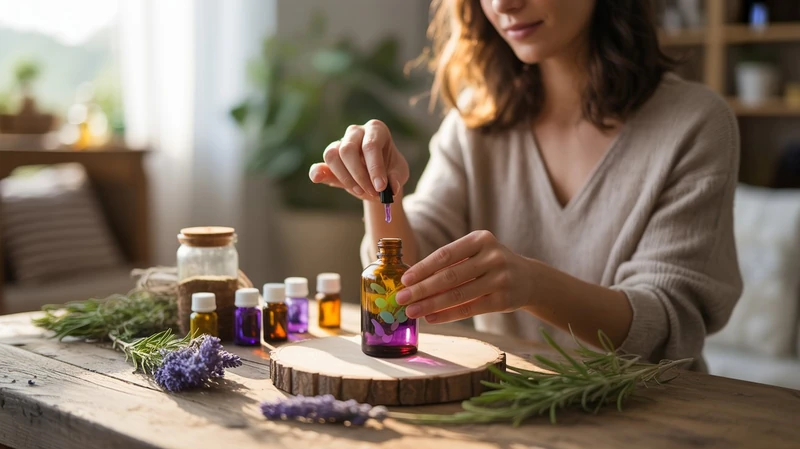
Ready to become your own perfumer? Making your own essential oil perfumes recipes is a rewarding experience. Here’s how you can do it, whether you prefer a convenient roll-on or a traditional spray.
A. Easy Roll-On Perfume (Oil-Based)
This is a fantastic starting point for beginners, as it’s simple, effective, and portable.
- Add Essential Oils: Carefully add your chosen essential oil drops into a 10ml roller bottle. A good practice is to start with your base notes first, then middle notes, and finally top notes, to build the scent.
- Dilution Guideline: For a light, everyday perfume in a 10ml roller bottle, use around 9-10 drops of essential oils total. This gives you about a 3% dilution rate. If you’re looking for a stronger scent for occasional use, you can increase to up to 10 drops, which is about a 5% dilution. For sensitive skin, a ratio of 5-10% essential oils to 90-95% carrier oil is generally advised. For children or pregnant/nursing mothers, it’s recommended to use a lower dilution rate, such as a 2% dilution (around 6 drops total in a 10ml bottle), and always check the safety for each oil.
- Add Optional Botanicals: If you like, you can add a few fresh or dried flower petals or herbs to the bottle for visual appeal and a subtle additional fragrance. Note that some flowers like lavender and rose petals may turn brown in oil over time, so opt for varieties like bachelor’s button, dried peony, sunflower, or calendula petals for lasting color.
- Fill with Carrier Oil: Fill the rest of the bottle with your chosen carrier oil (like fractionated coconut oil or jojoba oil), leaving a small space at the top for the rollerball applicator. A small funnel or pipette can make this step easier and prevent spills.
- Cap and Shake: Securely pop on the rollerball and screw on the cap. Gently shake the bottle to thoroughly combine the oils. Remember to give it a good shake before each use.
- Age for Best Scent (Recommended): This is a crucial step for a more complex and harmonious scent. Store your newly made perfume in a cool, dark place for at least 24-48 hours or, ideally, for 1-4 weeks to allow the scents to meld and mature. This “aging” process allows the individual aromas to fuse together and deepen, significantly enhancing the final fragrance.
B. Creating a Spray Perfume (Alcohol-Based)
For those who prefer a wider diffusion or a more traditional perfume feel, an alcohol-based spray can be a great option.
- Mix Essential Oils: Combine your essential oils in a small glass container. Similar to roll-ons, it’s best to add base notes first, then middle, then top notes. You can experiment with ratios, but a general guideline for the essential oil blend is 20% base, 50% middle, and 30% top notes. You might need between 30-40 drops of essential oils for a typical recipe.
- Add Alcohol: Pour your chosen high-proof alcohol (like Everclear or perfumer’s alcohol) into the essential oil mixture. The amount of alcohol you add depends on how strong you want your perfume to be:
- For a true Perfume (15-30% fragrance), add about 1/8 ounce of alcohol.
- For Eau de Parfum (8-15% fragrance), add about 1/4 ounce.
- For Eau de Toilette (4-8% fragrance), add about 1/2 ounce.
- For Eau de Cologne (2-5% fragrance), add about 1 ounce.
- For example, using 30-40 drops of essential oil blend with 1 ounce of alcohol results in roughly a 5% dilution, similar to an Eau de Cologne.
- Stir or Shake: Gently stir the mixture to ensure the oils are fully dispersed in the alcohol.
- Age: This step is even more important for alcohol-based perfumes. Store the mixture in a cool, dark place for at least 2-3 weeks, or ideally 4 weeks to several months, for the fragrance to deepen and for the strong alcohol scent to diminish. The longer it ages, the more complex and harmonized the fragrance will become.
- Optional Filtering and Dilution: After aging, you may filter the perfume through a coffee filter to remove any sediment. If the scent is too strong, you can dilute it further with distilled water (e.g., 2 parts alcohol to 1 part water).
- Transfer: Once matured, pour your perfume into a dark glass spray bottle for use. Remember to shake before each use.
Inspiring Essential Oil Perfume Recipes
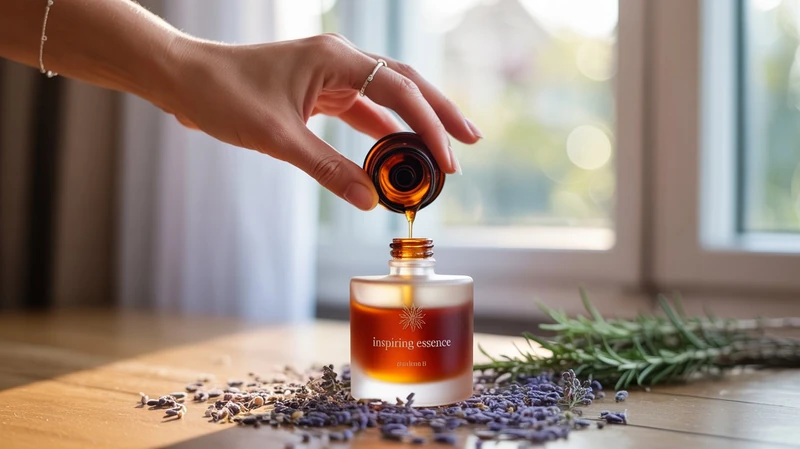
Now for the fun part: trying out some delightful essential oil perfumes recipes! Whether you lean towards floral, woodsy, or citrus notes, there’s a blend for you. Remember that these are just starting points; feel free to adjust them to create your perfect signature scent.
Popular DIY Roll-On Blends (10ml bottle, unless specified)
These blends are typically mixed with a carrier oil like fractionated coconut oil, jojoba oil, or sweet almond oil to fill the rest of the bottle after adding the essential oils.
- Sweet Floral Mix: Palmarosa (8 drops), Geranium (1 drop), Ylang Ylang (1 drop).
- Calming Citrus-Floral: Lavender (5 drops), Orange (4 drops), Ylang Ylang (1 drop).
- Earthy & Refreshing: Lavender (6 drops), Vetiver (2 drops), Lemon (2 drops).
- Uplifting Rose: Rose (5 drops), Lime (3 drops), Vetiver (2 drops).
- Warm & Sensual: Sandalwood (6 drops), Patchouli (1 drop), Orange (2 drops), Jasmine (1 drop).
- “Island Haze” (Sweet & Earthy): Orange (2 drops), Sandalwood (8 drops), Ylang-Ylang (1 drop), Patchouli (1 drop).
- “Biome’s Favorite”: Sweet Orange (8 drops), Patchouli (6 drops), Lavender (4 drops), Rose Geranium (4 drops), Ylang Ylang (3 drops), Bergamot (2 drops) (in 15ml bottle, adjust essential oil drops if using a 10ml bottle, e.g., about 8 drops total for 15ml bottle).
- Musky Floral: Sweet Orange (5 drops), Jasmine Absolute (18 drops/¼ tsp), Neroli (8 drops).
- Warm and Earthy: Patchouli (3 drops), Cedarwood (5 drops), Sweet Orange (8 drops), Rose Absolute (18 drops).
- Summery and Spicy: Ylang Ylang (6 drops), Bergamot (18 drops), Clove (1 drop), Vanilla Oil Blend (2 drops).
- Lavender & Vanilla (Simple Beginner Blend): Lavender (5 drops), Vanilla (3 drops).
- “Tree Happy” (Woodsy & Grounding): Patchouli (3 drops), Sandalwood (4 drops), Frankincense (2 drops), Cypress (10 drops), Siberian Fir (5 drops), Clary Sage (5 drops). This blend aims to be woodsy and earthy.
- “Fairy Blend” (Unique Floral): Ylang Ylang (10 drops), Fennel (10 drops), Spearmint (10 drops) (adjust for 10ml roller as 30 drops is a high concentration, perhaps reduce to 3-4 drops of each if aiming for a standard dilution in a 10ml bottle).
- Fruity-Scented Tutti Fruity: Grapefruit, Orange, earthy Patchouli, and floral Ylang Ylang.
- Citrus Crush Roll On: Grapefruit (10 drops), Lemongrass (5 drops), Peppermint (2 drops), Frankincense (1 drop).
- Rose Blossom Perfume: Rose absolute (6 drops), Peru balsam (4 drops), Frankincense oil (2 drops), Sandalwood oil (2 drops).
- Tropical Fruit Aroma: Mandarin (4 drops), Ylang Ylang (4 drops), Fresh Ginger oil (2 drops), Pink Pepper essential oil (2 drops).
- Lovely Lavender Roll on: Amyris oil (4 drops), Lavender oil (4 drops), Peppermint oil (2 drops), Juniper essential oil (2 drops).
- Unisex Woodland Spirit: Sweet Orange (20 drops), Virginia Cedarwood oil (10 drops), Peppermint oil (6 drops), Rosemary oil (4 drops).
- The Spice of Life: Bergamot oil (15 drops), Sandalwood oil (12 drops), Vanilla absolute (6 drops), Clove oil (3 drops).
Alcohol-Based Blends for Sprays (for 1 ounce/30ml bottle)
These recipes are typically diluted with high-proof alcohol like Everclear or perfumer’s alcohol, then aged.
- Warm & Sweet:
- Top notes: Bergamot (8 drops), Sweet Orange (4 drops), Coffee (3 drops).
- Middle notes: Vanilla (12 drops).
- Base notes: Sandalwood (8 drops), Cedarwood (2 drops).
- This blend keeps it from being overly sweet with earthy coffee undertones.
- Uplifting Floral:
- Top notes: Grapefruit (7 drops), Bergamot (6 drops).
- Middle notes: Neroli (7 drops), Rose (15 drops).
- Base notes: Vetiver (3 drops).
- An ideal uplifting scent for daytime wear.
- Spicy & Sensual:
- Top notes: Lemon (9 drops).
- Middle notes: Cardamom (5 drops).
- Base notes: Frankincense (12 drops), Patchouli (4 drops), Cedarwood (6 drops).
- Earthy and a bit spicy, great for nighttime use.
- Golden Grove (Fruity Citrus with Woody Base):
- Essential Oils: Lemon (30 drops), Bergamot (20 drops), Orange (20 drops), Grapefruit (10 drops), Lemongrass (10 drops), Benzoin (8 drops), Cedarwood (4 drops).
- Mix with 30 grams (approximately 1 ounce) of perfumer’s alcohol or pure grain alcohol. This makes an Eau de Parfum.
- Blends for Specific Benefits:
- Ingredients: May Chang oil (10 drops), Labdanum resinoid oil (5 drops), Sandalwood oil (3 drops)
- Combine these with 2 tablespoons of fractionated coconut oil in a glass dropper bottle.
- Sweet and Spicy Evening Perfume:
- Ingredients: Sugandh Kokila oil (6 drops), Sugandhbala oil (6 drops), Labdanum resinoid oil (4 drops).
- Mix with 2 tablespoons of sweet almond oil in a glass container [32 crafted your essential oil perfumes recipes, you’ll want to make sure they last and are used safely.
Tips For Maximizing Scent and Protecting Skin
Here are some pro tips for maximizing your scent and protecting your skin:
Enhancing Longevity (Fixatives)
Have you ever noticed how some perfumes seem to fade quickly? That’s where “fixatives” come in. These are essential oils, usually base notes, that have a slower evaporation rate and help hold onto the more volatile (fast-evaporating) top and middle notes.
- Common Fixatives: Look for oils like Sandalwood, Patchouli, Cedarwood, Frankincense, Benzoin, Vanilla, Vetiver, and Clary Sage. Including these in your blend can make your perfume’s scent linger longer.
- Easy Fixative Trick: If blending fixatives seems tricky, you can even buy pre-made natural fixative balms (like lip balm consistency). Simply apply a tiny bit to your pulse points before rolling on your essential oil perfume. This acts like a “primer” for your scent, helping it last longer.
Proper Application for Lasting Scent
How and where you apply your perfume can significantly impact its longevity.
- Pulse Points: Apply your roll-on perfume to pulse points like your wrists, behind the ears, neck, or inside your elbows or knees. These areas generate more body heat, which helps to warm the oils and gently diffuse the scent throughout the day.
- Moisturized Skin: Apply perfume to moisturized skin, or right after a shower when your skin is still damp. The oils in a moisturizer can help “lock in” the scent, making it linger longer.
- Hair and Clothing (with caution): You can lightly spray alcohol-based perfumes on washable clothing or hair. However, be mindful to avoid delicate fabrics like silk, and be aware that alcohol can be drying to hair if applied directly or too frequently. Oil-based perfumes are best applied directly to skin to avoid damage to clothes.
Storage Best Practices
Proper storage is key to preserving the quality and potency of your homemade perfumes.
- Always store your essential oil perfumes recipes in dark glass bottles (like amber, dark blue, or brown). This protects the oils from light and heat, which can cause them to degrade, lose their fragrance, and potentially increase the likelihood of skin irritation.
- Keep them in a cool, dark place, such as a cupboard, drawer, or cabinet, away from direct sunlight and extreme temperature changes.
- For alcohol-based perfumes, aim to use them within 3-4 months. Oil-based perfumes can last longer, especially if stored correctly.
Experimentation is Key
Don’t be afraid to try different combinations and ratios of essential oils. The world of fragrance is vast and personal! Keep a journal or notebook to record your blends and their results – what you liked, what you didn’t, and the exact number of drops you used. This will help you recreate your favorite “signature scents” or adjust them for future batches.
- Always Patch Test: Before applying any new essential oil perfume all over your body, perform a patch test. Apply a small amount of the diluted perfume to a discreet area of your skin (like your inner wrist or elbow) and wait 24 hours to check for any irritation, redness, or allergic reactions. This is especially important if you have sensitive skin.
- General Safety Guidelines:
- Use only pure, high-quality essential oils.
- Be aware that some oils, like black pepper, cinnamon, and clove, can be skin irritants and should be used in very small amounts, if at all, especially with sensitive skin.
- If you are pregnant, nursing, or have existing medical conditions, it’s always wise to consult a healthcare professional before using essential oils.
Conclusion: Embrace Your Natural Fragrance Journey
Isn’t it empowering to know that you can create beautiful, personalized fragrances right in your own home? By diving into the world of essential oil perfumes recipes, you’re not just making a scent; you’re crafting a natural, customizable, and therapeutically beneficial addition to your home remedies collection.
Gone are the days of worrying about hidden chemicals or generic smells. Now, you have the power to create a signature scent that truly reflects you, one that not only smells amazing but also supports your well-being.
So, why not give it a try? Pick a recipe, gather your oils, and confidently embark on your natural fragrance journey. Embrace the joy of experimentation, the beauty of pure botanicals, and the satisfaction of wearing a scent that is uniquely, wonderfully yours. What unique blend will you create first? We can’t wait to hear about your aromatic adventures!
Sources:
- 10 Best Perfume Recipes Using Essential Oils
https://www.proverbialhomemaker.com/perfume-recipes-using-essential-oils.html - 2 Roll-On Essential Oil Perfume Recipes Using Natural Oils
https://www.savvyhomemade.com/roll-on-essential-oil-perfume-recipes/ - Home » Body » Perfume
- 3 Spring Perfume Recipes with Essential Oils and Alcohol
https://helloglow.co/spring-diy-perfume-recipes/ - Create Your Own Fragrance With 3 Essential Oil Perfume Recipes
https://helloglow.co/create-your-own-fragrance-with-3-essential-oil-perfume-recipes/ - DIY Herbal Perfume Recipe
https://wellnessmama.com/beauty/diy-perfume/ - Essential Oil Perfume: Blend Your Own Custom Scent – Garden Therapy
https://gardentherapy.ca/botanical-perfume/ - Essential Oil Roll On Perfume Recipes Plus How to Make Them
https://soapdelinews.com/2019/03/essential-oil-roll-on-perfume-recipes.html - How to Make Natural Perfume Oil
https://www.biome.com.au/blogs/diy-recipes/diy-natural-perfume-oil - How To Make Parfum At Home Using Essential Oils
https://www.savvyhomemade.com/how-to-make-parfum/ - How To Make The Perfect Essential Oil Perfume Blend
https://blog.whimsyandwellness.com/how-to-make-the-perfect-essential-oil-perfume-blend-by-sarah-buckley/ - How to Make Perfume with Essential Oils
https://aromafarmacy.pk/blogs/all/how-to-make-perfume-with-essential-oils - How to Make Perfume – Immortal Perfumes
https://www.immortalperfumes.com/blog/how-to-make-perfume - How to Make Your Own Natural Perfume
https://www.doterra.com/US/en/podcast-episode-31-how-to-make-your-own-natural-perfume - All-Natural Essential Oil Perfume Recipes for Sensitive Skin: Hypoallergenic and Gentle Blends
https://alibrothersperfumers.com/blogs/news/essential-oil-perfume-recipes
Trust in your purchase:
Every product featured on our site has been carefully researched and selected based on quality, customer ratings, and positive reviews to ensure you receive excellent value for your money.
Please note:
This post contains affiliate links. If you make a purchase through these links, we may earn a small commission at no additional cost to you. This helps support our site and allows us to continue bringing you valuable content. Thank you!
Thank you for your precious time spent with NobleHomeRemedies.
You may also like:
How To Grow Eyelashes
How To Grow Eyelashes Naturally At Home Are you dreaming of growing your eyelashes longer…
BMI Calculator for BBL
BMI Calculator for BBL: The Ultimate Precise Measurements Are you one of the many people…
How to Get Rid of Peeling Skin Naturally?
Peeling Skin: 9 Natural Ways to Get Rid of Peeling Skin Fast Home remedies for…
Tips for Healthy Skin
10 Tips for Healthy Skin – All Natural and Easy If you want to maintain…
Marshmallow Root Hair Benefits
The 6 Marshmallow Root Hair Benefits: Best Ways to Use It This blog article is…
Pecans Skin Benefits
4 Top Pecans Skin Benefits: How Pecans Keep Skin Young! The Idea That the Right…

